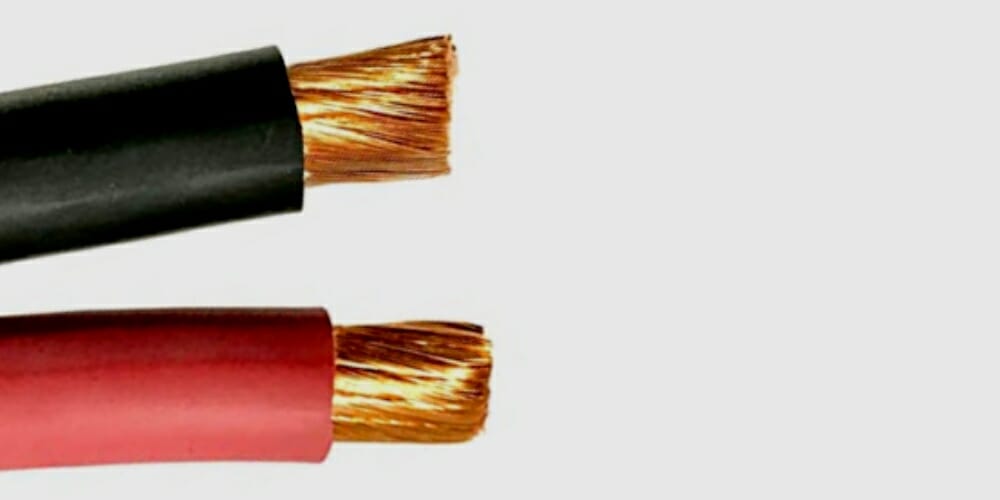What Size Wire for a 30 Amps Service at 300 Feet?

In my article below I’ll cover what size wire you need to operate an electrical appliance that requires a current of up to 30 amps and is situated 300 feet away from the main supply.
I hate to say “it depends” but you do need to consider ampacity and voltage drop.
In general, though, a 30A service at 300 feet requires using a #6 AWG wire, but if the actual continuous current is under 24A, then you can use a #8 AWG wire.
This article explains how I worked this out with calculations. It assumes you will be using copper wiring and normal ambient conditions.
Ampacity
The first thing you need to know is if the 30A requirement is a strict one or a theoretical maximum.
In other words, will the appliance be operating close to 30A continuously, or will the current normally be under 25A? Ampacity is the maximum current that a conductor can carry continuously and safely without causing excessive heat. At this stage, we are only considering this factor and not the distance.
A Strict 30A System
If the appliance is to run close to 30A, you will need a wire with an amperage of at least 37.5A. This is in accordance with the rule (NEC 220-2) that the maximum load must not exceed 80% of the ampacity rating of the wire. I calculated this as follows:
30A current x (100 / 80) = 37.5A amperage
You might be tempted to use a #10 AWG wire, which is rated for handling up to 35A, but this is a little under the required amperage. To ensure safety by reducing the risk of fire, you must use the next thicker-sized wire. This is the #8 AWG wire, which can handle up to 50A.
So, a strictly 30A operation will need a #8 gauge wire because a #10 gauge wire will be insufficient. This requirement is the same regardless of whether the mains supply voltage is 110-120V or 220-240V.
The voltage does make a difference, however, to how much power the wire can deliver. The 110-120V system will be limited to 3.3-3.6kW, whereas a 220-240V system can deliver 6.6-7.2kW.
An Under-24A System
If the appliance is going to run at no more than 24A (which is 80% of 30A), a wire with an amperage of 30A will be sufficient. In this case, you can use a #10 AWG wire, which can handle up to 35A.
Distance and Voltage Drop
After considering ampacity, the next thing to consider is voltage drop, which is the fall in voltage due to distance. The voltage drop for a 30A copper wire within a distance of 10 feet will be negligible (under 3%). This means that for a 300 feet distance, you will definitely need to take voltage drop into account.
As a general rule (NEC 310-16), for a 30A ampacity, you need to raise the amperage by 20% for every 100 feet distance from the main supply. For a 30A service 300 feet away, this comes to 60%, which makes the distance a significant factor when accounting for voltage drop.
Let’s consider both cases of 30A and 37.5A amperage:
- 30A amperage: 30A x 1.6 = 48A
- 37.5A amperage: 37.5 x 1.6 = 60A
After taking voltage drop into account, the above calculations show we will have to make a drastic change in selecting the right size wire. The #10 AWG wire will be inadequate for the first case, and the #8 AWG will also be inadequate for the second case.
The Right Size Wire
Having considered both ampacity and voltage drop, we can now answer the question of which size wire will be appropriate for a 30A service at 300 feet:
For a strict 30A requirement at 300 feet, you must use a #6 AWG wire which can handle up to 65A. Otherwise, to cover 48A amperage, you can use a #8 AWG wire which is good for 50A.
Take a look at some of our related articles below.
